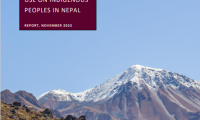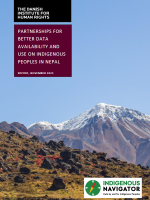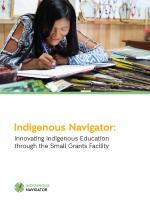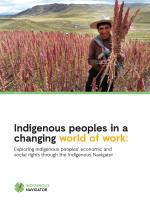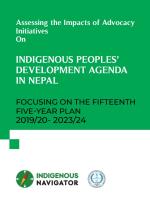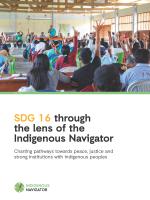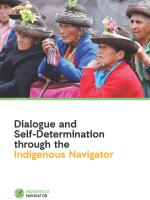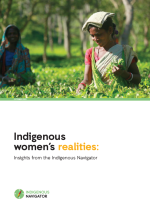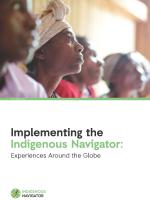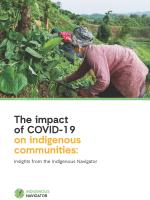Nepal
According to the 2011 census, the indigenous nationalities (Adivasi Janajati) of Nepal comprise 36% of the total population of 26.5 million, although indigenous peoples’ organizations claim a larger figure, of more than 50%. The 2011 census listed the population as belonging to 125 caste and ethnic groups, including 59 indigenous peoples.
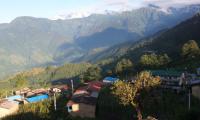
Even though indigenous peoples constitute a significant proportion of the population, throughout the history of Nepal they have been discriminated, marginalized, excluded, subjugated, dominated, exploited and internally colonized by the dominant caste groups in terms of land, territories, resources, language, culture, customary laws, political and economic opportunities and collective way of life.
The new Constitution of Nepal promulgated in 2015 denies the collective rights and aspirations for identity-based federalism of indigenous peoples, in spite of the fact that Nepal has ratified ILO Convention No. 169 on Indigenous and Tribal Peoples and passed the UN Declaration on the Rights of Indigenous Peoples (UNDRIP) and the WCIP Outcome Document.
The implementation of ILO Convention No. 169, UNDRIP and the Outcome Document is still wanting. It is yet to be seen how the amendments in the new Constitution and drafting of new legislation will comply with the provisions of these international human rights standards.
